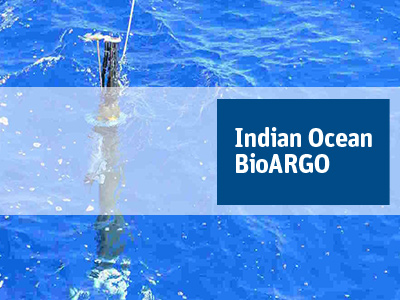Ocean pH is a dynamic variable that changes on daily, seasonal, interannual, and decadal to centennial time scales. Variability at daily to annual time scales is produced by a variety of processes including photosynthesis, respiration, heating, and ocean physics. The short-term changes are superimposed on a century-scale decrease in surface ocean pH at a rate near -0.002 pH year-1, which is driven by the long-term increase in atmospheric carbon dioxide created by combustion of fossil fuels. This long-term pH decrease, termed ocean acidification, may have profound effects on some organisms. Observations of the annual to weekly scale pH changes provide important constraints on net photosynthesis and respiration in the ocean.
The Honeywell Durafet is an Ion Sensitive Field Effect Transistor pH sensor. It has been shown to have exceptional stability and accuracy. The conduction channel of the transistor is covered with an insulator that has a surface coating of an amphoteric oxide. The surface charge of this coating is dependent on the pH of the solution. Changes in solution pH then alter the potential on the conduction channel and the performance of the transistor which allows ocean pH to be measured. The Honeywell Durafet is not pressure tolerant, so a modified version is used. This modification, the Deep-Sea DuraFET is pressure tolerant to 2 km depth. pH is reported on the total proton scale at the in situ temperature and pressure of the profiling float.
| Parameters | Processing | Quality Control |
|---|---|---|
| pH |



